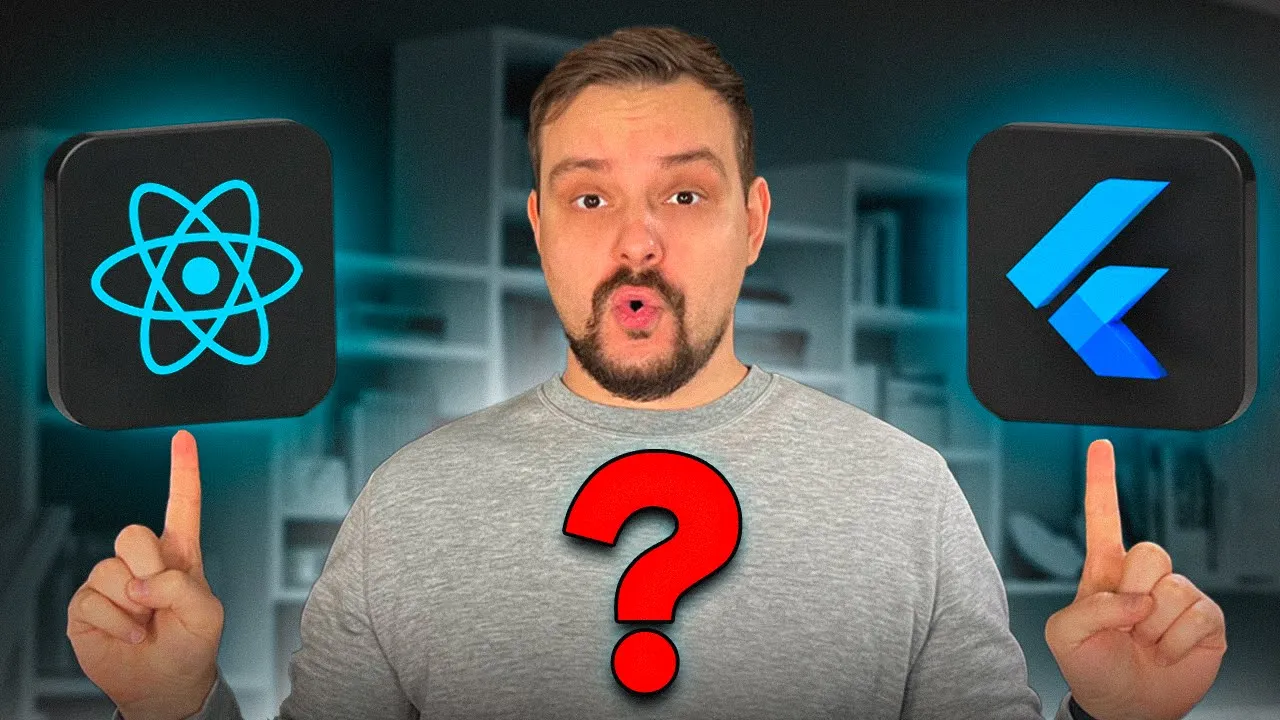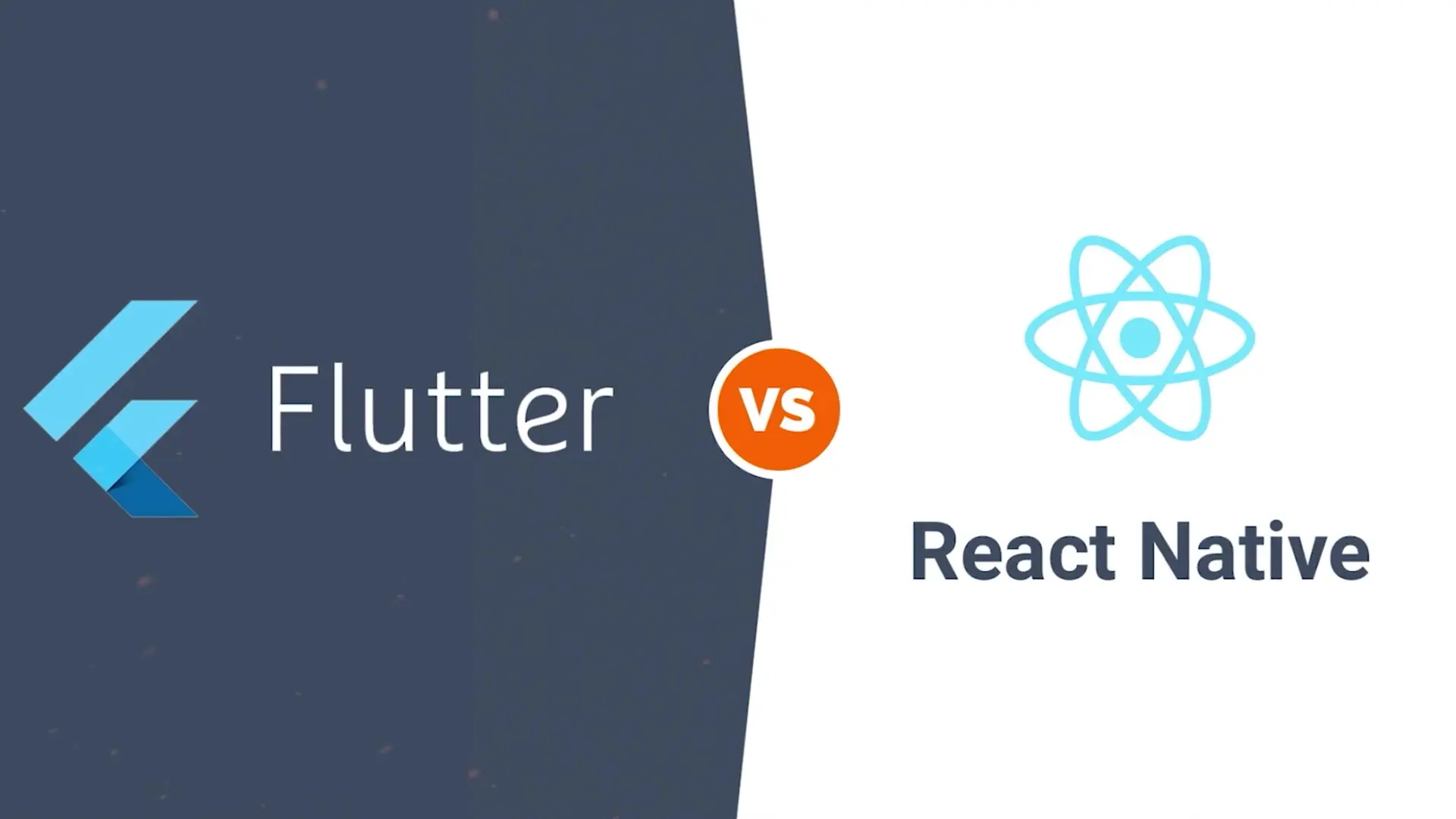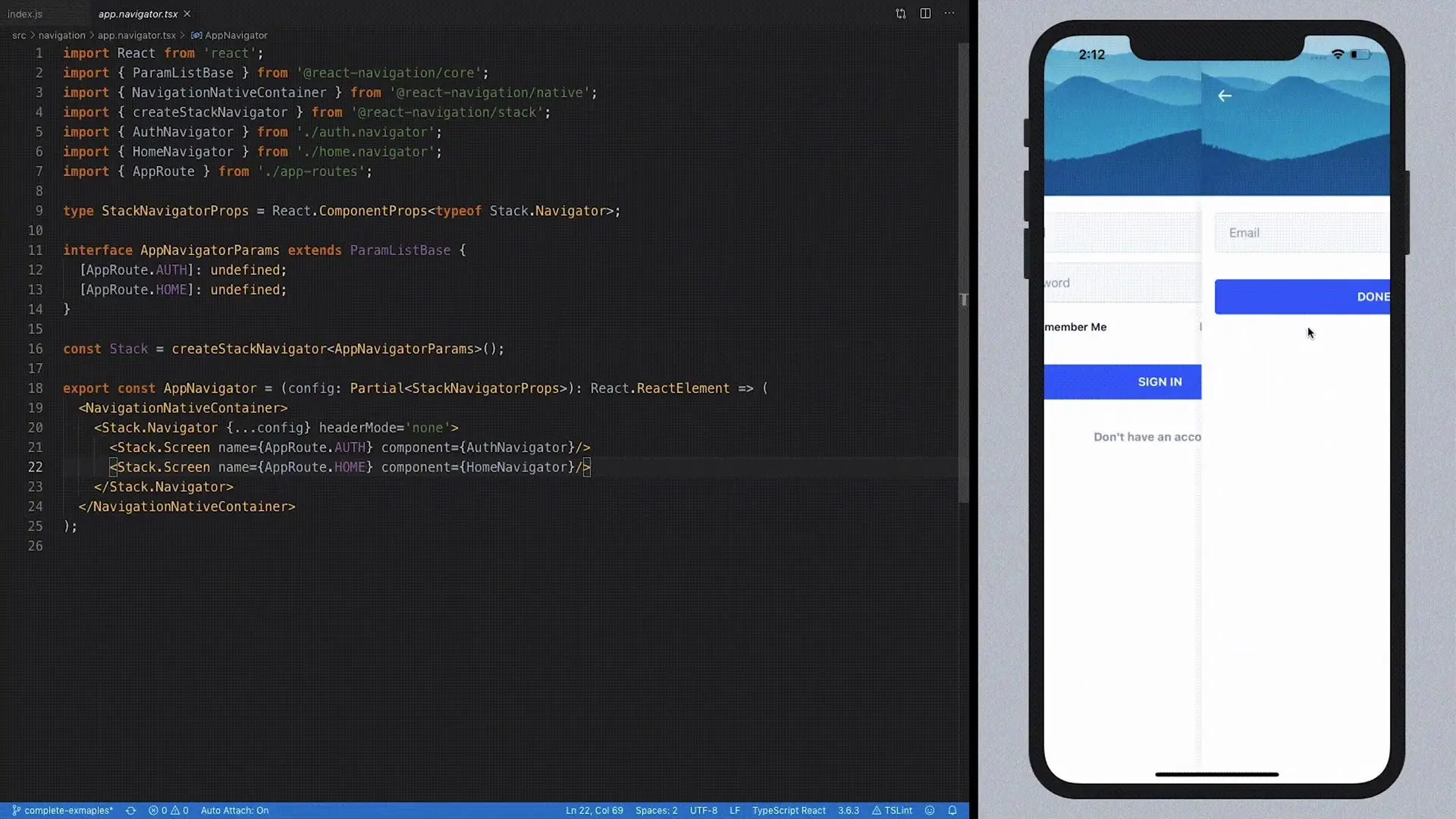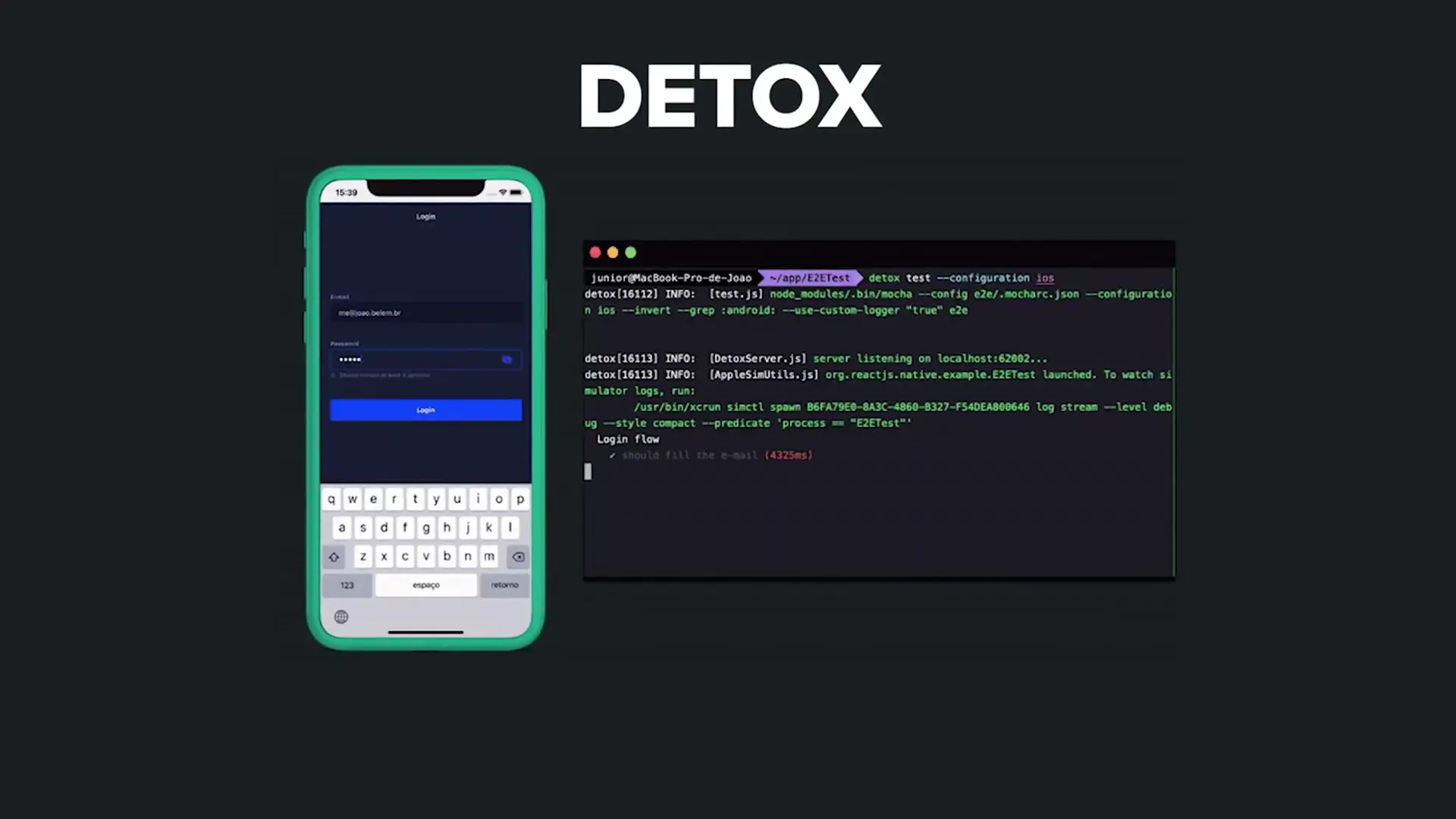
In the evolving landscape of cross-platform mobile development, React Native and Flutter stand as the two dominant frameworks in 2025. For developers and businesses alike, choosing between these powerful technologies can significantly impact project success, development speed, and long-term maintenance. This comprehensive comparison will help you understand the key differences, similarities, and use cases for each framework.

Understanding React Native in 2025
React Native, introduced by Meta (formerly Facebook) in 2013, has evolved into a mature and robust framework for cross-platform mobile development. It leverages JavaScript and JSX to create mobile applications that work seamlessly across both Android and iOS platforms.
Key Features of React Native
- Uses JavaScript and JSX for development
- Employs a bridge architecture to communicate with native components
- Offers hot reloading for real-time code changes
- Provides access to native UI elements
- Supports platform-specific code implementation
- Benefits from one of the largest developer communities
React Native Advantages in 2025
- Familiar language (JavaScript) with a lower learning curve
- Extensive community support and third-party libraries
- Strong corporate backing from Meta
- Excellent integration with existing web development workflows
- Better 3D application support compared to Flutter
- Widely adopted by major companies like Instagram, Uber, and Walmart
React Native Limitations
- JavaScript bridge can impact performance in complex applications
- UI implementation can be complicated for certain scenarios
- Documentation relies heavily on third-party resources
- Requires additional libraries for features not included in the core framework
- Testing requires third-party tools like Detox
Understanding Flutter in 2025
Flutter, Google's UI toolkit released in 2017, has gained tremendous popularity for creating natively compiled applications for mobile, web, and desktop from a single codebase. Despite being younger than React Native, Flutter has quickly established itself as a formidable competitor.
Key Features of Flutter
- Uses Dart programming language
- Employs the Skia 2D rendering engine for consistent UI across platforms
- Provides a rich set of customizable widgets
- Offers hot reload for instant code changes
- Includes built-in testing features
- Supports Progressive Web Apps (PWAs) and desktop applications
Flutter Advantages in 2025
- Exceptional performance with efficient GPU rendering
- Consistent UI across platforms with widget-based architecture
- Well-organized and comprehensive documentation
- Integrated testing capabilities
- Flexible and expressive UI design possibilities
- Growing community with strong Google backing
- Supports various IDEs including Visual Studio Code and Xcode
Flutter Limitations
- Requires learning Dart, a less common programming language
- Larger app sizes compared to native applications
- Less mature ecosystem than React Native
- More complex installation process
- Limited 3D support compared to React Native
React Native vs Flutter: Key Similarities
Before diving deeper into the differences, it's important to understand what these frameworks have in common:
- Both are open-source frameworks for cross-platform mobile development
- They enable developers to use a single codebase for multiple platforms
- Both offer hot reload/hot refresh capabilities for faster development
- They provide access to native features and components
- Both frameworks aim to deliver near-native performance
- Each has strong corporate backing (Meta for React Native, Google for Flutter)
React Native vs Flutter: Critical Differences in 2025
Understanding the key differences between these frameworks is crucial for making an informed decision for your project:

Programming Language
React Native uses JavaScript and JSX, which are widely used in web development. This makes it easier for web developers to transition to mobile development. Flutter, on the other hand, uses Dart, a language developed by Google. While Dart is not difficult to learn, it has a smaller developer community compared to JavaScript.
Architecture
Flutter employs the Skia graphics engine, which allows direct rendering of UI components without requiring a bridge to native modules. React Native uses a JavaScript bridge to communicate with native components, which can impact performance in complex applications.
UI Components
Flutter provides its own set of widgets that look consistent across platforms, offering more control over the UI. React Native uses native components through the JavaScript bridge, which can lead to more platform-specific appearances but potentially more authentic native look and feel.
Documentation
Flutter's documentation is comprehensive, well-organized, and maintained by Google. React Native's documentation, while extensive, relies more on community contributions and third-party resources, which can sometimes lead to inconsistencies.
Installation and Setup
React Native can be installed using Node Package Manager (npm) with a simple command, making it relatively straightforward for JavaScript developers. Flutter requires downloading the binary from GitHub and configuring environment variables, which can be more complex for beginners.
Testing Capabilities
Flutter includes built-in testing features for unit, widget, and integration testing. React Native requires third-party testing tools like Detox for end-to-end testing, which can add complexity to the testing process.
Performance Comparison in 2025
Performance is a critical factor when choosing between React Native and Flutter, especially for complex applications:
- Flutter generally offers better performance for graphics-intensive applications due to its direct rendering approach
- React Native's JavaScript bridge can create performance bottlenecks in complex applications
- Flutter applications tend to have more consistent performance across different devices
- React Native has improved its performance significantly through architectural improvements in recent updates
- For most standard applications, the performance difference may not be noticeable to end users
Which Framework Should You Choose in 2025?

The choice between React Native and Flutter depends on various factors specific to your project and team. Consider these scenarios when making your decision:
Choose React Native If:
- Your team already has strong JavaScript expertise
- You need to integrate with existing React/JavaScript codebases
- You require extensive third-party libraries and community support
- Your application needs better 3D support
- You're developing an app that requires deep integration with native platform features
- Time-to-market is a critical factor and your team can leverage existing JavaScript knowledge
Choose Flutter If:
- You need highly customized UI with consistent appearance across platforms
- Performance is a critical factor, especially for graphics-intensive applications
- You're developing applications beyond mobile (desktop, web)
- You prefer comprehensive documentation and built-in testing features
- Your team is willing to learn Dart or already has Dart expertise
- You need more control over widgets and UI components
Beyond technical considerations, also factor in your project's budget, deadlines, app complexity, and long-term maintenance plans. The right choice ultimately depends on your specific project requirements and team capabilities.
Career Opportunities and Market Demand in 2025
For developers considering which framework to specialize in, both React Native and Flutter offer promising career paths in 2025:
React Native Job Market
- Average salary for React Native developers in the US: approximately $93,000 per year
- Strong demand from established companies with existing JavaScript ecosystems
- Valuable skill that complements React web development expertise
- Extensive job opportunities across various industries
- Continuing growth in demand as companies seek to unify their mobile development efforts
Flutter Job Market
- Average salary for Flutter developers in the US: approximately $89,000 per year
- Rapidly growing demand as more companies adopt Flutter
- Increasing opportunities in startups and enterprises alike
- Valuable skill for developers looking to work on multi-platform applications
- Strong growth trajectory backed by Google's continued investment
Both frameworks show strong market demand with competitive salaries. The salary difference is minimal, making both excellent choices for career development. Companies like Meta, Pinterest, Alibaba, and many others have successfully embraced cross-platform development using these frameworks, further driving demand for skilled developers.
Conclusion: Making Your Decision
Both React Native and Flutter are exceptional frameworks for cross-platform mobile development in 2025. Rather than declaring a definitive winner, consider your specific project requirements, team expertise, and long-term goals when making your choice.
For teams with JavaScript expertise looking to leverage existing knowledge and extensive community resources, React Native remains an excellent choice. For projects requiring highly customized UIs, consistent cross-platform appearance, and potentially better performance, Flutter offers compelling advantages.
Whichever framework you choose, both React Native and Flutter continue to evolve with regular updates, growing communities, and strong corporate backing, ensuring they'll remain viable choices for cross-platform development for years to come.
Let's Watch!
React Native vs Flutter in 2025: Which Framework Should You Choose?
Ready to enhance your neural network?
Access our quantum knowledge cores and upgrade your programming abilities.
Initialize Training Sequence